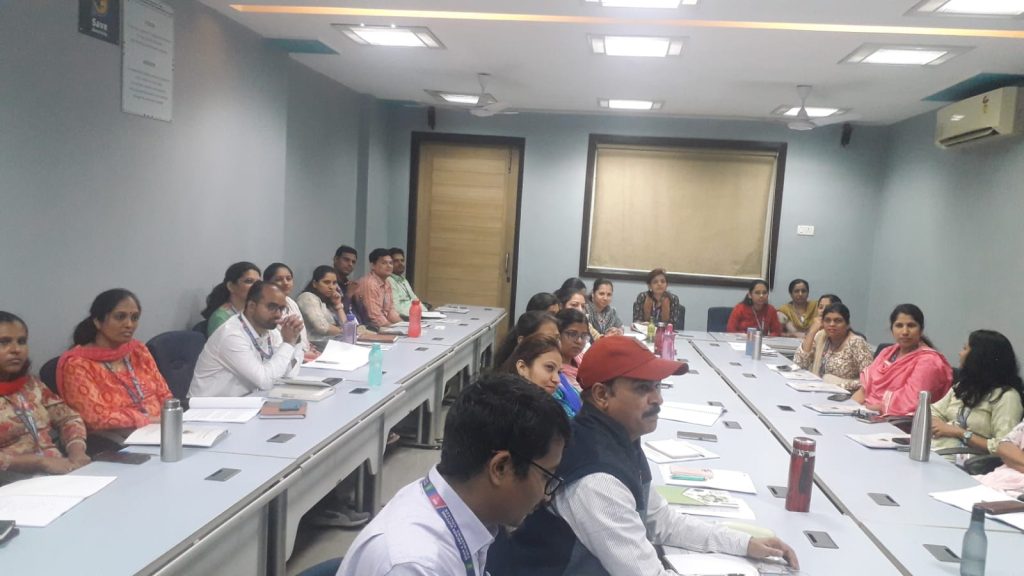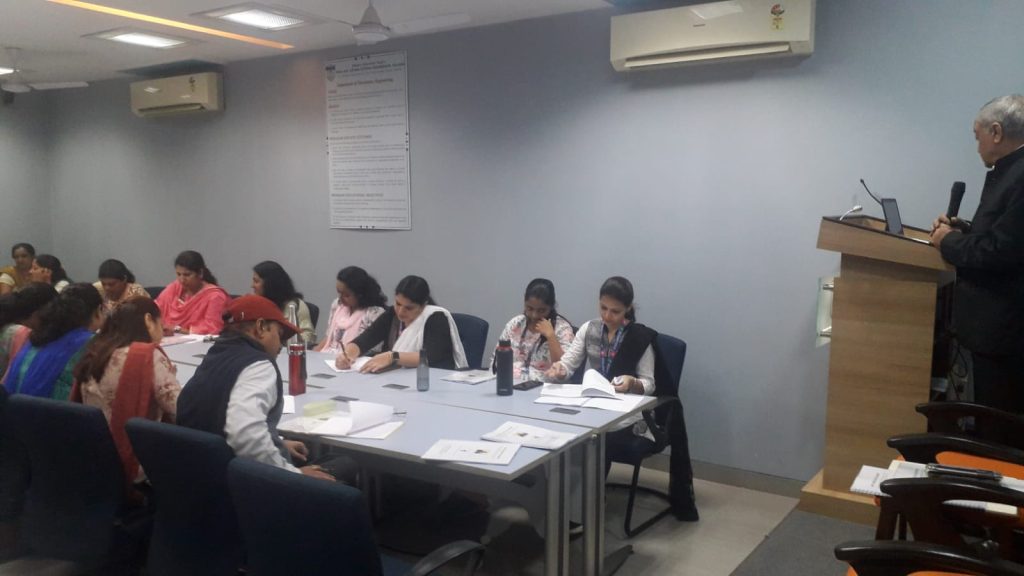Difficulties Faced in the First Corporate Job
Stepping into the corporate world for the first time is both exciting and intimidating. For many, it’s the culmination of years of academic preparation and dreams of building a successful career. However, the transition from the classroom to the boardroom is rarely smooth. The first corporate job is often filled with challenges that test one’s adaptability, emotional intelligence, communication, and work ethic. Understanding these difficulties is the first step in shaping a strong, steady growth path in the corporate world.

Adjusting to the Work Culture
One of the biggest challenges faced by first-time employees is adapting to the corporate culture. Each organization has its own work environment, norms, values, and expectations. For a fresh graduate, this can be a culture shock. Unlike college, where deadlines are flexible and independence is encouraged, the corporate world demands discipline, punctuality, and collaboration.
New employees must quickly understand office hierarchies, professional behavior, dress codes, meeting etiquette, and unwritten rules of conduct. It takes time to decode this culture and find one’s place in the system. Initially, this adjustment can feel overwhelming and may cause anxiety or self-doubt.
Imposter Syndrome and Lack of Confidence
Many freshers struggle with imposter syndrome – the persistent fear of being exposed as a “fraud” despite their qualifications. Surrounded by experienced colleagues and dealing with complex tasks for the first time, they may feel inadequate or question their capabilities.
This lack of confidence can hinder participation in meetings, delay decision-making, and reduce visibility within the team. To overcome this, it’s essential to remind oneself that everyone starts somewhere. Seeking mentorship, asking questions without fear, and celebrating small wins can help build confidence gradually.

Learning to Communicate Effectively
Effective communication is a core skill in the corporate world, but it is not always taught in college. First-time employees may find it challenging to express ideas clearly, write professional emails, or present in meetings. Additionally, navigating conversations with superiors, giving or receiving feedback, or handling office politics requires diplomacy and emotional intelligence.
Miscommunication can lead to misunderstandings, missed deadlines, or even conflict. Learning to listen actively, communicate assertively (not aggressively), and understand workplace jargon takes practice, but it is crucial for long-term growth.
Handling Workload and Time Management
College life offers more freedom and flexibility than corporate schedules. A new employee might find it difficult to manage multiple tasks, adhere to strict deadlines, or prioritize effectively. Often, first-time professionals either overwork themselves trying to prove their worth or underperform due to confusion about their responsibilities.
Learning time management and task prioritization becomes essential. Tools like to-do lists, calendar scheduling, and productivity apps can help. It’s equally important to set boundaries and avoid burnout by understanding that success is a marathon, not a sprint.

Dealing with Feedback and Criticism
Receiving feedback is an integral part of professional development. However, many new employees take criticism personally, leading to frustration or defensiveness. In reality, constructive feedback is a tool for improvement.
The key is to differentiate between constructive criticism and negativity, and to build emotional resilience. Reflecting on feedback objectively and creating a plan for improvement can turn challenges into opportunities for growth.
Finding the Right Mentor
A mentor can play a vital role in shaping one’s growth path in the corporate world. However, finding the right mentor is not always easy. In many cases, new employees feel isolated or hesitant to reach out to senior colleagues.
A mentor provides guidance, helps navigate challenges, offers feedback, and can even open doors to new opportunities. First-timers should actively seek mentorship by showing initiative, expressing eagerness to learn, and identifying role models within the organization.

Understanding Career Goals and Growth Opportunities
In the initial phase of a corporate career, many individuals feel lost about where they are headed. The job may not align with their passion or long-term goals. They might question whether they’re in the right field or struggle to see a clear path for advancement.
This lack of clarity can be frustrating. However, the early years are an excellent time for exploration and self-discovery. Taking up varied projects, volunteering for new tasks, attending internal trainings, and networking within and outside the organization can help identify strengths and areas of interest.
Navigating Office Politics and Team Dynamics
Workplace politics, favoritism, and competition are realities of corporate life. First-time employees often enter with the belief that merit alone determines success. While performance is important, managing relationships and understanding team dynamics are equally crucial.
Dealing with difficult colleagues, participating in group discussions, or standing up for one’s ideas requires tact. Building strong relationships, staying neutral in conflicts, and maintaining professionalism can help navigate such challenges.
Balancing Work and Personal Life
Many freshers are so focused on their career that they neglect their personal lives. Long hours, weekend work, or the pressure to impress can result in stress, poor health, and reduced job satisfaction.
Understanding the importance of work-life balance early on can prevent burnout. Setting boundaries, pursuing hobbies, and spending time with family and friends is not a luxury—it’s a necessity for sustained growth.

Shaping a Successful Growth Path
Despite these difficulties, the first corporate job lays the foundation for your career journey. Here are a few tips to shape your growth path effectively:
1. Be a Lifelong Learner
The corporate world rewards those who are curious and willing to learn. Stay updated with industry trends, take online courses, seek feedback, and always look for ways to improve.
2. Set Short-Term and Long-Term Goals
Have clarity about where you want to go. Set achievable short-term goals (e.g., improving communication, leading a small project) and align them with your long-term vision (e.g., becoming a manager or industry expert).
3. Network Intelligently
Build genuine relationships within and outside your organization. Networking can provide mentorship, job opportunities, and industry insights that accelerate your growth.
4. Develop a Positive Attitude
Attitude determines altitude. A positive, solution-oriented approach helps overcome setbacks and gain the trust of peers and leaders.
5. Stay Grounded
Success can be intoxicating, and failure can be disheartening. Stay humble, reflect often, and remember that every experience—good or bad—adds value to your journey.
Conclusion
The first corporate job is filled with learning curves, emotional ups and downs, and a series of small victories and mistakes. These challenges are not roadblocks—they are stepping stones toward personal and professional development.
By acknowledging the difficulties and proactively working to overcome them, young professionals can lay the foundation for a rewarding career. Remember, growth in the corporate world is not a straight path; it’s a journey of continuous learning, adaptability, and resilience. With the right mindset and approach, anyone can shape a successful and fulfilling path in the corporate world.
https://nimblefoundation.org/
https://www.facebook.com/nimblefoundation1
Thanks for Reading.




























